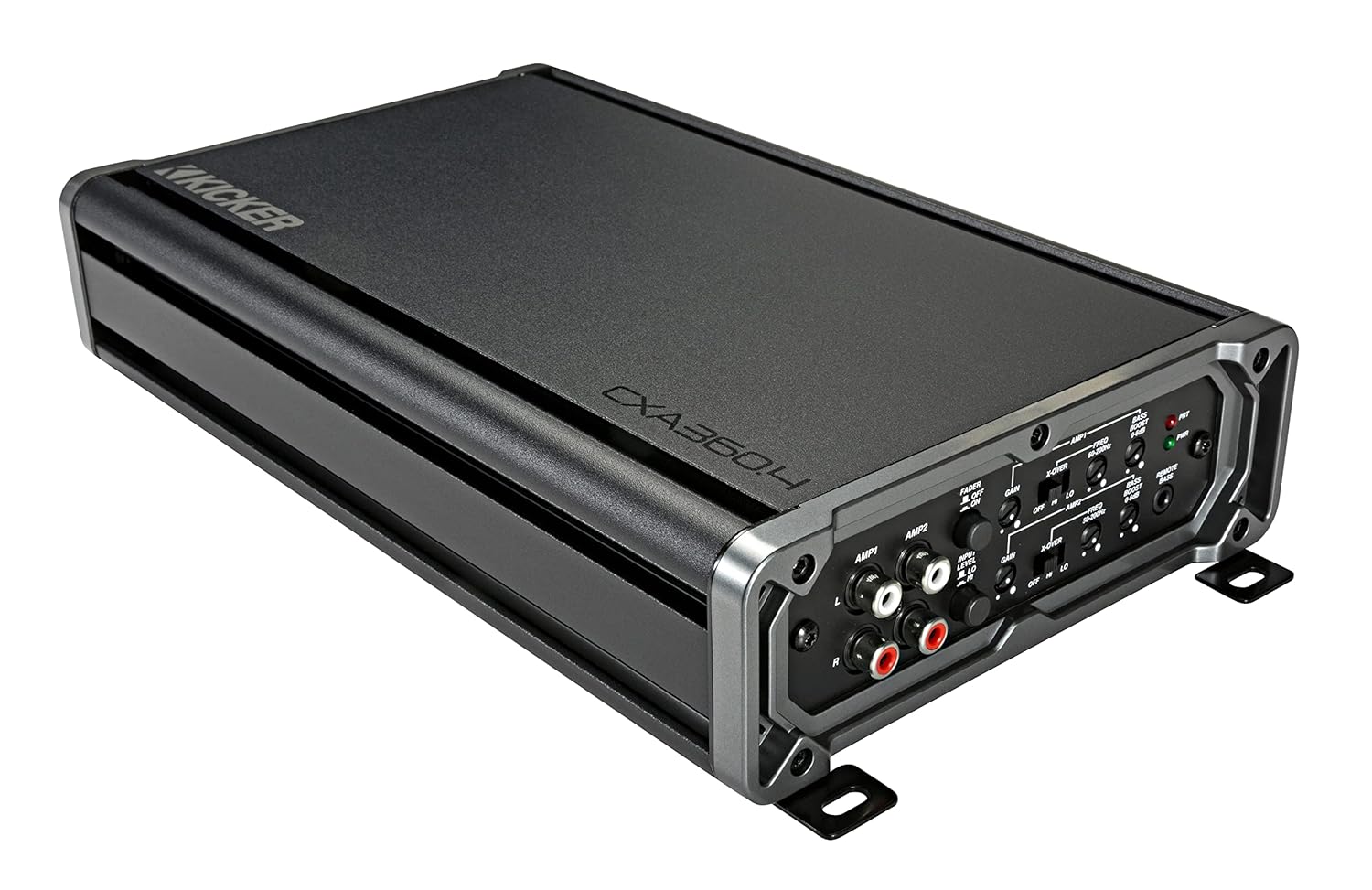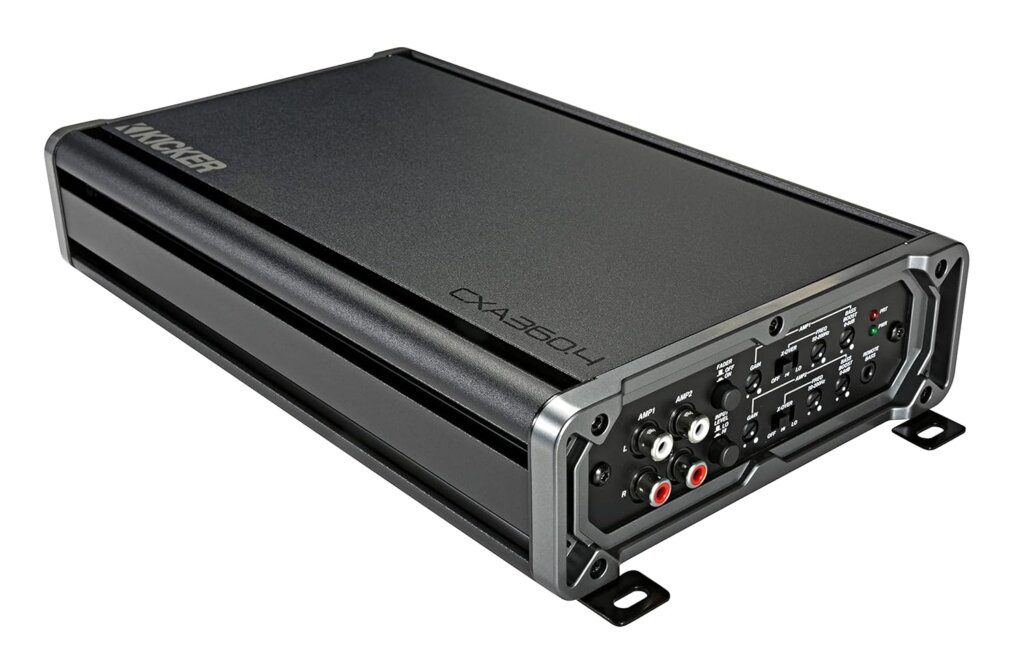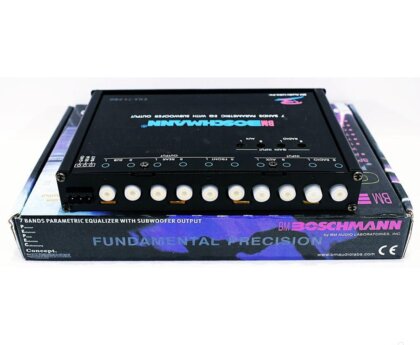What is an amplifier and what does it do?
An amplifier is an electronic device that increases the amplitude of a signal. Let’s explore its purpose and functionality:
-
Amplification:
- An amplifier takes a weak input signal (such as from a microphone, musical instrument, or radio) and boosts it to produce a stronger output signal.
- This amplification allows signals to be transmitted over longer distances or to drive loudspeakers effectively.
-
Applications:
- Audio Systems: Amplifiers are commonly used in audio systems, including home theaters, car stereos, and musical instruments.
- Hearing Aids: In hearing aids, amplifiers magnify sounds picked up by a microphone, allowing the wearer to hear more clearly.
- Radio and TV Signals: Amplifiers enhance weak radio or TV signals, making them audible or viewable.
-
Gain:
- The gain of an amplifier measures how much it multiplies the input signal.
- For example, if an amplifier doubles the size of the original signal, its gain is 2.
- Gain can be expressed in decibels (dB), which relates the output power to the input power.
-
Challenges:
- Amplifiers must faithfully reproduce the quality of the input signal even when it varies in frequency and amplitude (volume).
- An audio amplifier should work well across a range of sound frequencies—this range is called its bandwidth.
In summary, amplifiers play a crucial role in shaping our audio experiences, whether through music, communication devices, or entertainment systems! 🎶🔊




